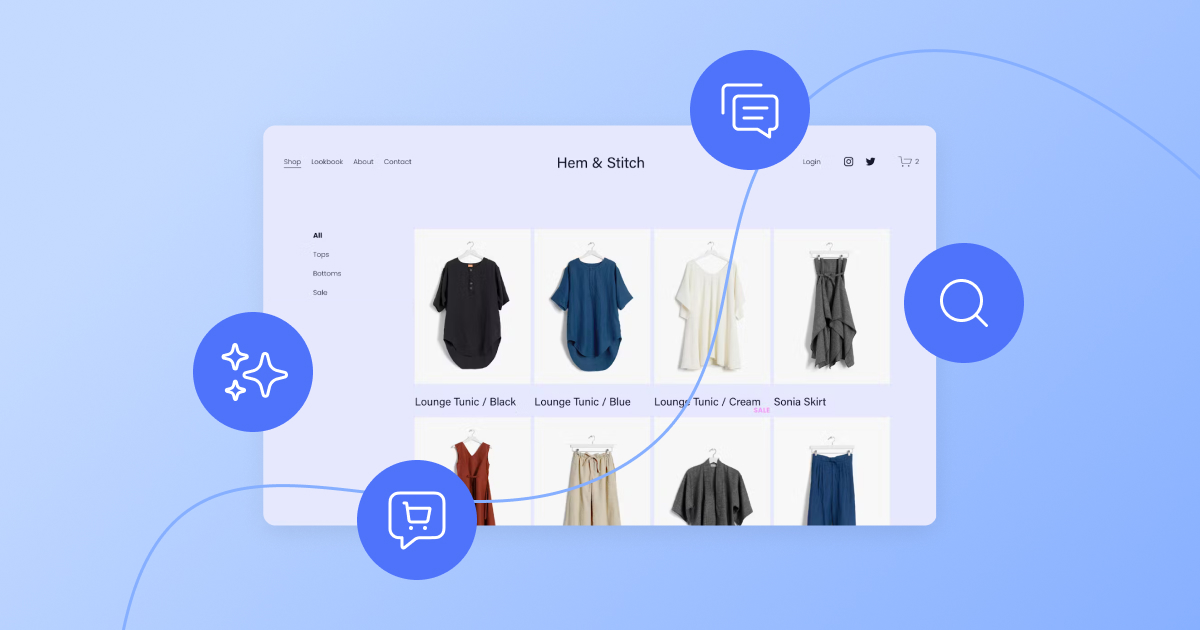The customer experience (CX) space is relatively new – those courageous enough to take the reins of a young CX program at a growing company are often an army of one, with limited headcount and even fewer resources.
To add to these challenges, educational tools like handbooks, seminars, and models that explain how to grow a CX program, or assess your customer experience maturity, don’t really exist.
So where does the manager of a CX program start? Or, better yet, how does a CX leader keep a steady pulse on making sure their program is constantly maturing alongside their growing company?
How about with a framework – an approach to effectively mature and scale a program, while streamlining CX processes to support growth.
[Draw the curtains, dim the lights, and enter stage center…The Delighted Customer Experience Maturity Assessment]
In this post, I’ll explain what customer experience maturity is, why a maturity model is an indispensable tool for CX leaders, and introduce the 5 pillars of our Delighted CX Maturity Assessment to help you assess and develop your program.
What is customer experience maturity?
Customer experience maturity is a tiered framework that evaluates the level at which the Voice of the Customer impacts key business decisions. The framework also helps you assess the depth and breadth of the processes in place to facilitate and evaluate that cross-functional impact.
After watching many of our customers grow their CX program on Delighted, we’ve found maturity can be simplified into 3 core tiers:
1. Getting started
An organization uses one metric to evaluate the customer experience, but findings don’t always make it to the rest of the company to act on.
2. Making progress
An organization begins to collect feedback at multiple touchpoints across departments and develops cross-functional objectives to improve CX.
3. Expanding and scaling
The entire company views experience management as a priority and engages the entire workforce in a workflow to make their customer experience a brand differentiator.
Before we dive into the 5 crucial pillars for CX leaders to know (no matter what tier your company is in), let’s take a look at your role and how you have a unique opportunity to take charge of evaluating and expanding your program with tools you can use today.
The role of the CX leader in maturing a customer experience program
As a CX leader, you are indispensable. You’re a cross-functional guru, bridging gaps between marketing, product, insights, and retention teams. You are the point person for the Voice of the Customer and a strategic resource for every other business unit, whether they know it or not.
When your marketing team has the budget for net new acquisition or retention campaigns, they lean on you to understand:
- Which cohorts are happiest with our product/service offerings?
- Who is most engaged and willing to promote the brand or purchase again?
When your product team is defining new features or optimizing existing ones, they may tap you to get clarity on:
- What are customers saying about our existing products?
- What features are being requested that we don’t currently offer?
When support managers are focused on cost reduction, promoting self-service, and creating delightful support interactions, they may ask you:
- Who’s providing the highest level of service? Who’s falling below our support standard?
- Which support channels are most efficient and which need extra attention?
As such, CX programs, the data that is collected, and the insights that are shared, can have a broad reach across the business. Likely, your goal isn’t to simply collect feedback to report out on a single metric (whether that’s Net Promoter Score (NPS) or Customer Satisfaction (CSAT)), but instead, magnifying the Voice of the Customer to strategically drive business growth and operations.
Why is a customer experience maturity model an indispensable tool for CX leaders?
Having said all of the above, many CX programs start out as the responsibility of just one department – marketing, product, or support.
Most likely, feedback isn’t being effectively actioned across the company. Stakeholders all believe it’s important to be customer-centric in principle, but they may not be able to effectively strategize around the Voice of the Customer.
A CX leader’s responsibility in maturing their customer experience program is to:
- Align all of the aforementioned stakeholders on that customer-centric vision and empower department heads to make customer-first decisions
- Build all the processes and pathways for the Voice of the Customer to drive business strategy
- Institute a regular reporting cadence that monitors the impact of the program at large
This is a difficult, time-consuming process, but that is where a CX Maturity Model comes in to help break everything down into steps.
Additional benefits of using a CX maturity model
Your customer experience program should grow alongside your business. With routine evaluations through a model such as the Delighted CX Maturity Assessment, you will be able to:
- Always understand the strengths and weaknesses of your current program
- Develop plans to address those weaknesses
- Track progress against your goals for CX improvement
- Socialize the Voice of your Customer across the organization
Having widespread knowledge of where your CX program is and how you’d like it to grow can also help you avoid:
- Siloing CX data and the insights your customers are surfacing
- Over-indexing on superficial changes to your customer experience
- Acting to improve a product/process because you think it’s what customers want
Evaluating customer experience maturity across the 5 pillars of a CX program
Here at Delighted, we’ve spent a few years auditing our customer’s CX programs and extracting the themes that we most commonly see among CX programs at various levels of maturity.
We’ve found that the most valuable and embedded programs are built around 5 simple pillars:
- Strategy: A high level, company-wide roadmap for CX improvement
- Surveying: Deploying feedback call-to-actions across customer lifecycle milestones
- Actioning: Closing the loop on point-in-time feedback
- Reporting: Aggregating feedback and surfacing customer insights
- Sharing: Prescribing action, based on customer feedback, to other teams
I won’t delve into the details here, but these elements are interdependent – you won’t see a world-class CX program that excels in some pillars but not all.
The Delighted Customer Experience Maturity Assessment breaks down the 5 pillars, assesses the current state of your CX program, and provides steps on how to grow in your CX initiatives.
Let’s take a look at a real-time example of how these pillars can move the needle on your CX strategy.
A real-time example of maturing with the 5 pillars
Here at Delighted, to no surprise, we take our own CX program very seriously.
The feedback we collect from our customers directly informs what we build and why we build it – a major part of the 5 pillar philosophy.
For example, the Delighted Customer Concierge team continually gathers NPS feedback and feature requests (Surveying) and builds reports on the feedback (Reporting) every month. We send these reports to our CEO (Sharing) and say, “Here is what our awesome customers are asking for, here is how we should prioritize it, and here is how it impacts the product” (Actioning and Strategy).
That is an example of a customer’s voice building a product roadmap – my team is simply here to organize and amplify.
The results of this process? We’ve added product features such as Additional Questions, Product/Market Fit (PMF) surveys, in-app reporting, and dozens of integrations to our platform based on verbatim feedback. We’ve also streamlined UX to double-down on self-serve functionality – which has the added benefit of reducing support volume.
Get the Delighted Customer Maturity Assessment today
Simply put, these 5 pillars have helped us navigate and mature our own CX program. And the impact carries through – our CX program exists not so that we can boast about an NPS score, but to give our customer’s voice a seat at the table.
Regardless of where your program stands today, start thinking about CX within the framework of these 5 pillars. To guide you in this endeavor, download the Delighted Customer Experience Maturity Assessment to:
- Diagnose where your business is in its CX journey
- Determine where you want to be, and
- Plot out a path to grow your program in a scalable and valuable way.
Whether you’re just getting started with your CX program, making progress towards CX maturity, or expanding and scaling the program in stride with your business, this assessment provides prescriptive action just for you.







